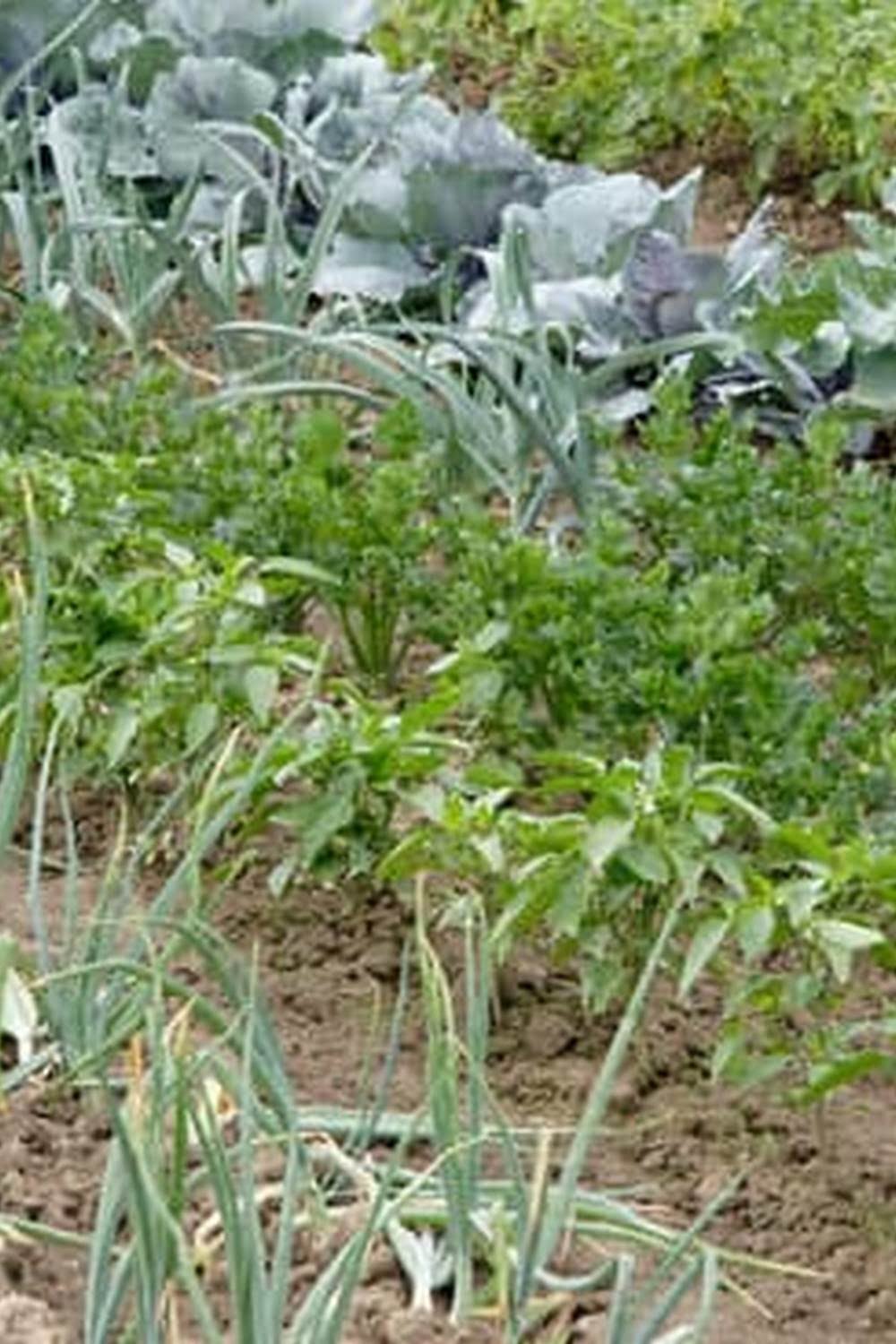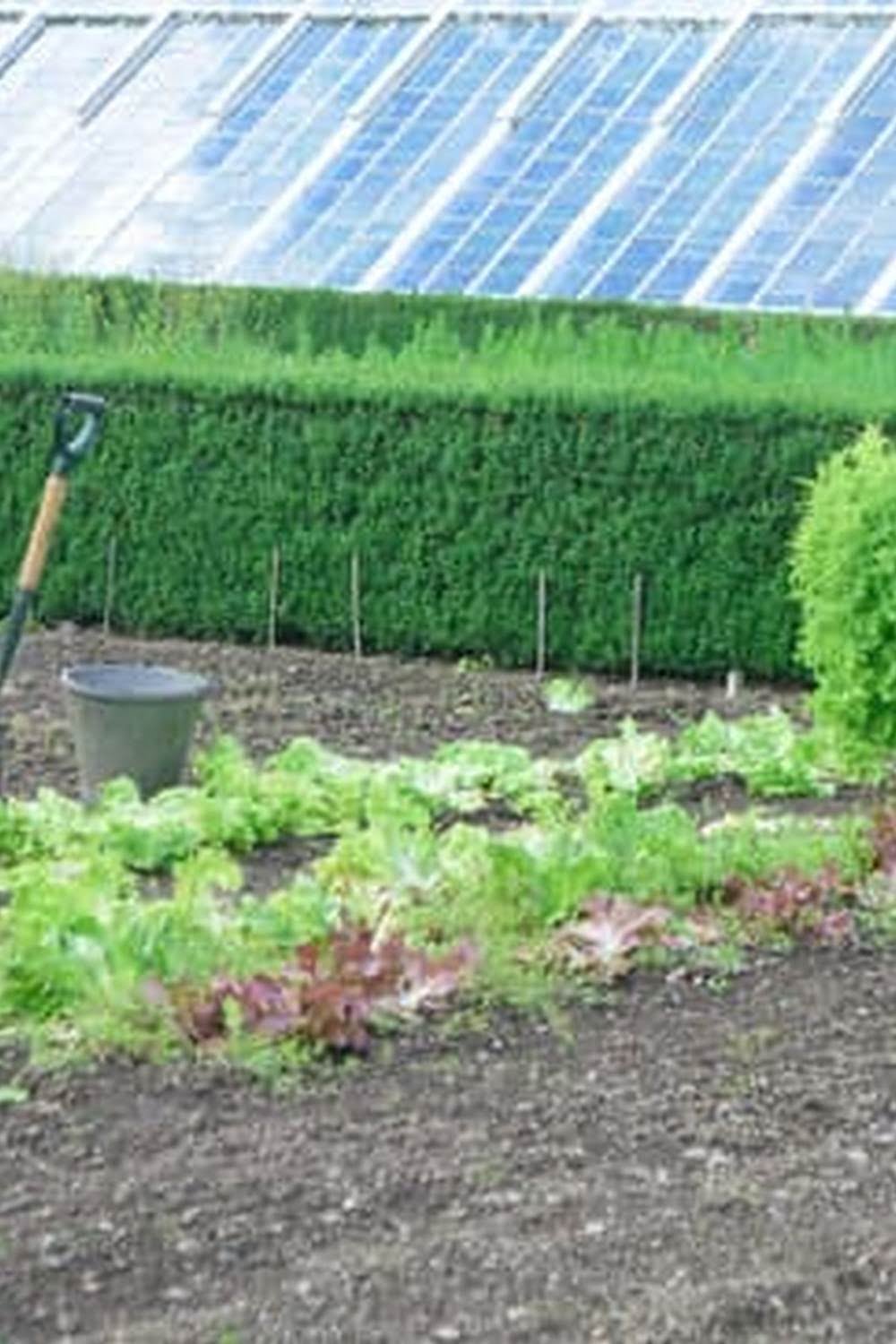Backyard Raised Vegetable Garden Layout
A backyard vegetable garden is the perfect way to enjoy homegrown produce without having to trek to the grocery store. But, before you can start planting, you need to design your garden layout.
There are a few things to consider when designing your garden layout. First, decide how much space you have to work with. Then, decide which vegetables you want to grow. Once you have an idea of what you want to grow, you can start designing your garden.
The first step is to mark out your garden space. Use a garden hose, stakes, and string to mark out your garden beds. Next, decide how wide you want your garden beds to be. Most vegetables can be grown in rows that are 18 to 24 inches wide.
Once you have marked out your garden beds, it’s time to start planting. Begin by planting the taller vegetables in the back of the garden bed and the shorter vegetables in the front. This will help prevent the taller vegetables from overshadowing the shorter ones.
When planting, be sure to leave enough space between each plant. This will allow for adequate air circulation and will help prevent the spread of diseases. Also, be sure to follow the recommended spacing guidelines for each vegetable.
If you are planting a row of vegetables, be sure to stagger the plants. This will help prevent the plants from shading each other.
Finally, don’t forget to add a few herbs to your garden. Herbs are a great way to add flavor to your meals and they don’t take up a lot of space.
Now that you have your garden layout planned, it’s time to start planting. Get ready to enjoy some fresh, homegrown produce this summer!
Easy Raised Bed Vegetable Garden
Building a raised bed vegetable garden is a great way to make the most of your gardening space. By elevating your plants, you create a garden that is less susceptible to pests and diseases, and is also easier to maintain.
There are a few different ways to build a raised bed vegetable garden. One option is to use wooden boards to create a frame, and then fill the frame with soil. Another option is to use concrete blocks or bricks to create the raised bed.
Whichever option you choose, make sure that the sides of your raised bed are at least 12 inches high. This will help to prevent pests and diseases from reaching your plants.
Once you have created your raised bed, it is time to fill it with soil. Be sure to use a high-quality soil that is rich in organic matter. This will help your plants to grow healthy and strong.
To plant your vegetables, simply dig a hole in the soil and place the plant in the hole. Be sure to water your plants regularly, and to fertilize them once a month.
A raised bed vegetable garden is a great way to get the most out of your gardening space. By elevating your plants, you create a garden that is less susceptible to pests and diseases, and is also easier to maintain.
How To Create A Raised Bed Vegetable Garden
A raised bed vegetable garden is a great way to get started growing your own vegetables, and it’s also a great way to grow vegetables if you have a small yard.
To create a raised bed vegetable garden, you will need:
-A raised bed (you can make your own or buy one)
-Soil
-Vegetables
The first step is to choose a location for your raised bed. It’s best to choose a location that gets a lot of sunlight.
The next step is to fill your raised bed with soil. You can buy soil or you can make your own.
The next step is to plant your vegetables. You can either buy vegetables that are already planted, or you can plant your own vegetables.
That’s it! You’re done! Now you can enjoy your own raised bed vegetable garden.
Vegetables To Grow In A Raised Garden
Bed
There are many vegetables that can be successfully grown in a raised garden bed. The type of vegetables you choose to grow will depend on the climate, the soil and the amount of sunlight your garden bed receives.
Some vegetables that do well in a raised garden bed include tomatoes, cucumbers, peppers, zucchini, beans, peas, carrots, lettuce and spinach. These vegetables can be planted either in the spring or in the fall, depending on the climate and the type of vegetable.
If you are looking for a vegetable that is easy to grow and that does well in a raised garden bed, consider planting tomatoes. Tomatoes are a warm-weather vegetable and can be planted in the spring or in the fall. They require at least six hours of sunlight each day and should be planted in a soil that is rich in organic matter.
Cucumbers are another vegetable that is easy to grow and that does well in a raised garden bed. They require at least six hours of sunlight each day and should be planted in a soil that is rich in organic matter.
If you are looking for a vegetable that is easy to grow and that does well in a raised garden bed, consider planting tomatoes. Tomatoes are a warm-weather vegetable and can be planted in the spring or in the fall. They require at least six hours of sunlight each day and should be planted in a soil that is rich in organic matter.
Cucumbers are another vegetable that is easy to grow and that does well in a raised garden bed. They require at least six hours of sunlight each day and should be planted in a soil that is rich in organic matter.
Covered Raised Vegetable Garden
A covered raised vegetable garden is a great way to grow your own vegetables, regardless of the climate. By covering the raised bed with a tarp or other covering, you can create a microclimate that is warmer or cooler than the surrounding area, allowing you to grow vegetables that might not normally grow in your area. A covered raised garden can also be used to extend the growing season, allowing you to grow vegetables earlier in the spring or later in the fall.
To build a covered raised garden, you will need a raised bed, some type of covering (tarp, plastic, etc.), and stakes or ropes to hold the covering in place. The raised bed can be made from any type of material, such as wood, metal, or plastic, and should be at least 12 inches high. The covering should be large enough to cover the raised bed completely, and should be secured to the raised bed with stakes or ropes.
The best time to build a covered raised garden is in the early spring, before the weather warms up too much. You can also build one in the fall, after the weather has cooled down. Make sure to check the weather forecast before you build your garden, as you don’t want to cover it if there is a chance of severe weather.

If you’re looking to get into vegetable gardening, or are just looking for some tips on how to make your current garden better, then you’ve come to the right place! My name is Ethel and I have been gardening for years. In this blog, I’m going to share with you some of my best tips on how to create a successful vegetable garden.





